Home>Furniture & Design>Bathroom Accessories>How Does An Exhaust Fan Work
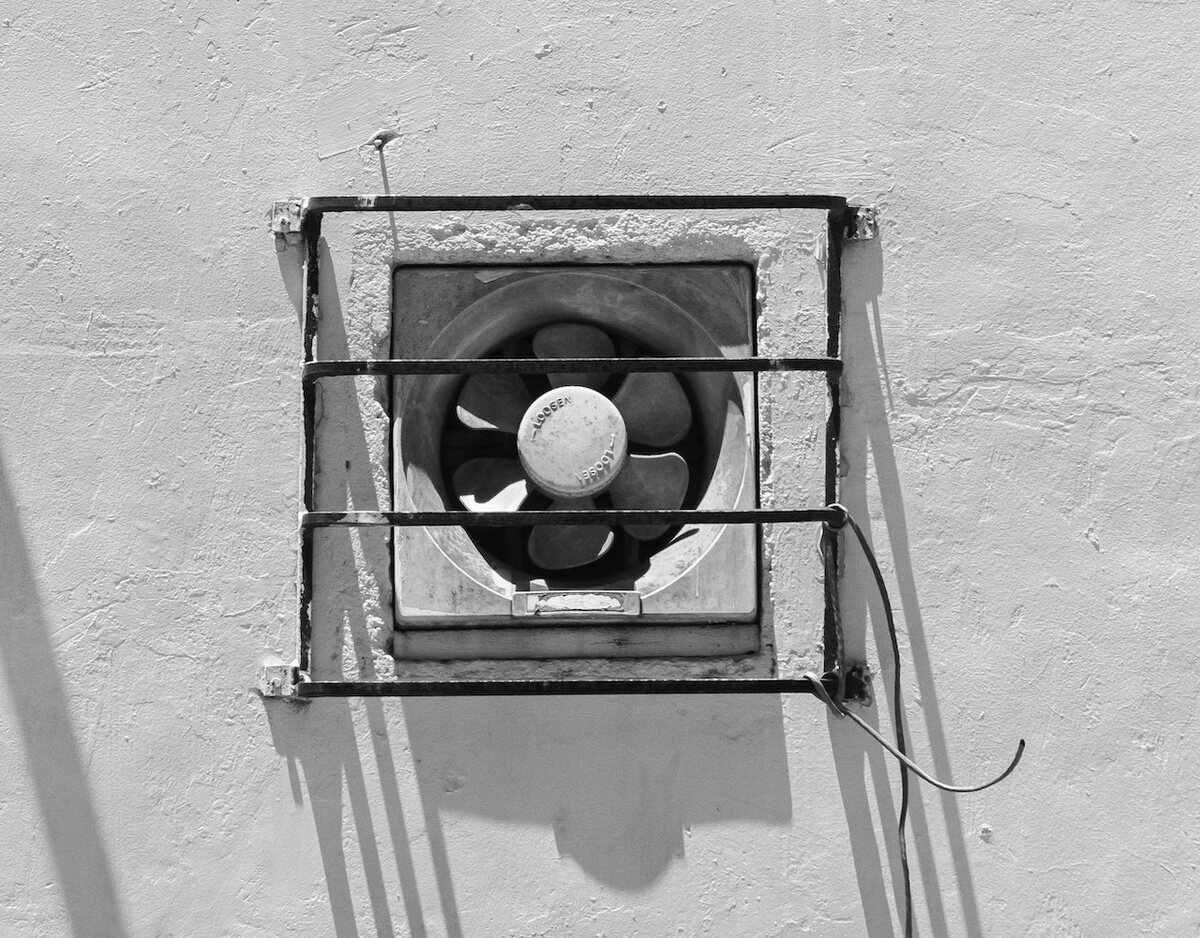

Bathroom Accessories
How Does An Exhaust Fan Work
Modified: September 2, 2024
Learn how exhaust fans work in bathrooms and discover the importance of these essential bathroom accessories for maintaining air quality and preventing moisture buildup. Explore the benefits of exhaust fans for your bathroom.
(Many of the links in this article redirect to a specific reviewed product. Your purchase of these products through affiliate links helps to generate commission for Storables.com, at no extra cost. Learn more)
Introduction
An exhaust fan is a vital component of any modern bathroom, serving a crucial role in maintaining air quality and preventing the buildup of moisture and odors. This unassuming device quietly operates to improve ventilation, creating a more comfortable and hygienic environment. Understanding the inner workings of an exhaust fan can provide valuable insight into its importance and functionality.
From the moment you switch on the exhaust fan, it begins its task of expelling stale air and moisture from the bathroom, effectively refreshing the space. This process not only enhances comfort but also helps to prevent the growth of mold and mildew, which can thrive in damp environments. By promoting air circulation, the exhaust fan contributes to a healthier indoor atmosphere, reducing the risk of respiratory issues and musty odors.
In this article, we will delve into the basic components of an exhaust fan, explore the function of its motor and blades, and elucidate how it efficiently removes air from the bathroom. Additionally, we will highlight common uses of exhaust fans and provide practical maintenance tips to ensure their optimal performance. By gaining a comprehensive understanding of how exhaust fans work and their significance, you can make informed decisions regarding their installation and upkeep in your bathroom.
Now, let's embark on a journey to unravel the inner mechanisms of this unsung hero of bathroom accessories, shedding light on its indispensable role in maintaining a fresh and healthy environment.
Key Takeaways:
- Exhaust fans are like silent superheroes for bathrooms, expelling moisture and odors to keep the air fresh and healthy. They also prevent mold growth and contribute to a more comfortable environment.
- Regular maintenance, like cleaning and checking for obstructions, keeps exhaust fans working efficiently and ensures a consistently fresh and comfortable indoor environment.
Read more: What Is An Exhaust Fan
Basic Components of an Exhaust Fan
An exhaust fan may appear to be a simple device, but its functionality relies on a combination of essential components working in harmony. Understanding these basic elements is crucial to appreciating the intricate workings of this indispensable bathroom accessory.
Housing
The housing of an exhaust fan serves as the outer shell that encases the internal components. It is typically constructed from durable materials such as plastic or metal, designed to withstand the rigors of continuous operation. The housing also features an inlet through which air enters and an outlet through which the expelled air is directed outside the building. This robust enclosure ensures that the internal mechanisms are protected while facilitating the efficient flow of air.
Motor
At the heart of every exhaust fan lies the motor, which drives the entire ventilation process. The motor powers the fan blades, propelling them to rotate and create airflow. It is essential for the motor to be robust and reliable, capable of sustaining prolonged operation without overheating or malfunctioning. Modern exhaust fans often feature energy-efficient motors, contributing to reduced power consumption and quieter operation.
Fan Blades
The fan blades, also known as impellers, are pivotal in generating airflow within the exhaust fan. These blades are strategically positioned to draw air into the fan and expel it through the outlet. The design and orientation of the blades play a crucial role in optimizing air circulation and minimizing noise. High-quality fan blades are engineered for maximum efficiency, ensuring the swift removal of stale air and moisture from the bathroom.
Read more: What Does An Exhaust Fan Do In The Bathroom
Grille
The grille, located on the exterior of the exhaust fan, serves both functional and aesthetic purposes. Functionally, it prevents foreign objects from entering the fan and safeguards against accidental contact with the moving parts. Aesthetically, the grille contributes to the overall appearance of the exhaust fan, often featuring a sleek and unobtrusive design that seamlessly integrates with the bathroom decor. Some grilles also incorporate built-in lighting to provide additional illumination in the bathroom.
Controls
Modern exhaust fans are equipped with user-friendly controls that allow for convenient operation and customization. These controls may include simple switches for manual activation, adjustable timers for automatic shutoff, and humidity sensors that activate the fan in response to elevated moisture levels. Advanced models may even offer remote control or integration with smart home systems, enhancing the user experience and energy efficiency.
Understanding the fundamental components of an exhaust fan provides insight into its inner workings and underscores the importance of each element in facilitating effective ventilation. By recognizing the role of these components, homeowners can make informed decisions when selecting and maintaining exhaust fans to ensure optimal performance and air quality in their bathrooms.
The Function of the Motor
The motor is the powerhouse of an exhaust fan, driving the entire ventilation process with precision and efficiency. When the exhaust fan is activated, the motor springs into action, initiating the rotation of the fan blades to create airflow within the bathroom. This essential component is designed to operate seamlessly, ensuring the consistent expulsion of stale air and moisture.
The motor's functionality is paramount in maintaining optimal air quality and preventing the accumulation of humidity, which can lead to mold and mildew growth. By swiftly expelling moist air, the motor aids in preserving the integrity of bathroom surfaces and fixtures, reducing the risk of deterioration due to prolonged exposure to moisture.
Modern exhaust fans are often equipped with energy-efficient motors, designed to minimize power consumption while delivering reliable performance. These motors are engineered to operate quietly, contributing to a peaceful bathroom environment without compromising on ventilation effectiveness. The utilization of energy-efficient motors not only reduces electricity costs but also aligns with sustainability efforts, promoting eco-friendly practices in residential spaces.
In addition to powering the fan blades, the motor may incorporate advanced features such as variable speed control, allowing users to adjust the airflow according to their specific ventilation needs. This level of customization enhances the functionality of the exhaust fan, catering to varying moisture levels and air circulation requirements in different bathroom environments.
The motor's role extends beyond mere functionality, as it influences the overall user experience and longevity of the exhaust fan. By investing in a high-quality motor, homeowners can benefit from reliable and enduring ventilation solutions, minimizing the need for frequent maintenance and replacements.
In essence, the motor serves as the driving force behind the exhaust fan, enabling it to fulfill its vital role in maintaining a fresh, comfortable, and healthy bathroom environment. Its efficient operation, energy-saving capabilities, and contribution to user satisfaction underscore the significance of the motor in the functionality and effectiveness of exhaust fans.
The Role of the Blades
The fan blades, also referred to as impellers, play a pivotal role in the efficient operation of an exhaust fan. Positioned within the housing, these blades are meticulously designed to facilitate the movement of air, effectively expelling stale air and moisture from the bathroom. Their strategic configuration and aerodynamic profile are instrumental in generating airflow while minimizing noise, contributing to a more pleasant and unobtrusive ventilation experience.
The design of the blades is a critical factor in optimizing the performance of the exhaust fan. By harnessing principles of aerodynamics, the blades are engineered to create a powerful airflow, swiftly drawing in the stagnant air and directing it towards the outlet. This process is essential for maintaining air quality and preventing the accumulation of moisture, which can lead to undesirable consequences such as mold growth and structural damage.
In addition to their primary function of facilitating air circulation, the blades are meticulously crafted to operate quietly, ensuring that the exhaust fan functions without causing unnecessary disturbance. This is particularly important in residential settings, where a peaceful and tranquil bathroom environment is highly valued. The careful design and construction of the blades contribute to a harmonious balance between effective ventilation and minimal noise generation, enhancing the overall user experience.
Furthermore, the material composition of the blades is a key consideration in their performance and durability. High-quality exhaust fans feature blades constructed from robust and resilient materials, engineered to withstand continuous operation while maintaining their efficiency. This ensures that the blades can effectively fulfill their role in expelling air and moisture from the bathroom, contributing to a healthier and more comfortable indoor environment.
The blades of an exhaust fan are not merely functional components; they are integral to the overall effectiveness and user satisfaction associated with ventilation. Their ability to generate airflow, minimize noise, and withstand prolonged use underscores their significance in ensuring optimal air quality and comfort in the bathroom. By recognizing the indispensable role of the blades, homeowners can appreciate the meticulous engineering behind exhaust fans and make informed decisions when selecting ventilation solutions for their living spaces.
Read more: Where Does A Bathroom Exhaust Fan Vent To
How the Exhaust Fan Removes Air
The process through which an exhaust fan removes air from the bathroom is a fascinating display of engineering ingenuity and practical functionality. As soon as the exhaust fan is activated, whether through a manual switch, timer, or humidity sensor, the intricate mechanisms within the fan spring into action to initiate the ventilation process.
The fan blades, driven by the motor, commence their rotation, creating a powerful airflow within the housing of the exhaust fan. This airflow serves as the driving force behind the expulsion of stale air and moisture from the bathroom. As the fan blades draw in the air, it is propelled towards the outlet, where it is directed outside the building. This continuous movement of air effectively replaces the stagnant, humid atmosphere with fresh, outdoor air, contributing to improved ventilation and air quality.
The expelled air carries with it the accumulated moisture, odors, and airborne impurities, effectively purging the bathroom of these undesirable elements. This process not only refreshes the space but also mitigates the risk of mold and mildew growth, which thrive in damp environments. By swiftly removing moisture and preventing its accumulation, the exhaust fan plays a crucial role in preserving the integrity of bathroom surfaces and fixtures, reducing the need for extensive maintenance and repairs.
The efficiency of the exhaust fan in removing air is further enhanced by the strategic positioning of the fan blades and the aerodynamic design of the housing. These elements work in tandem to optimize airflow, ensuring that the ventilation process is swift and thorough. Additionally, the grille on the exterior of the exhaust fan prevents foreign objects from impeding the airflow while safeguarding against accidental contact with the fan blades, contributing to the safety and effectiveness of the ventilation system.
The seamless operation of the exhaust fan in removing air is a testament to its indispensable role in maintaining a fresh, comfortable, and healthy bathroom environment. By harnessing the principles of airflow dynamics and efficient ventilation, the exhaust fan serves as a silent yet powerful ally in promoting air circulation and mitigating the adverse effects of moisture and stagnant air. This process not only enhances the overall comfort of the bathroom but also contributes to the preservation of indoor air quality and the well-being of occupants.
Common Uses of Exhaust Fans
Exhaust fans are versatile and serve a multitude of purposes beyond their primary function of ventilating bathrooms. Their efficacy in expelling stale air, moisture, and odors makes them indispensable in various residential and commercial settings. Here are some common uses of exhaust fans:
Bathroom Ventilation
One of the most prevalent uses of exhaust fans is in bathroom ventilation. By swiftly removing moisture and odors, exhaust fans contribute to a more comfortable and hygienic bathroom environment. This is particularly crucial in preventing the buildup of mold and mildew, which can thrive in damp conditions. The continuous extraction of moist air also aids in preserving the integrity of bathroom surfaces and fixtures, reducing the need for extensive maintenance and repairs.
Kitchen Ventilation
Exhaust fans play a vital role in kitchen ventilation, where they effectively expel cooking fumes, steam, and airborne particles. By facilitating the removal of these elements, exhaust fans contribute to a healthier indoor air quality and help prevent the accumulation of grease and odors in the kitchen. This not only enhances the comfort of the cooking space but also promotes a cleaner and more pleasant culinary environment.
Read more: How To Size An Exhaust Fan
Whole-House Ventilation
In residential settings, exhaust fans are utilized for whole-house ventilation to improve indoor air quality. By expelling stagnant air and introducing fresh outdoor air, these fans contribute to a healthier living environment. Whole-house exhaust fans are particularly beneficial in promoting air circulation and reducing the concentration of indoor pollutants, enhancing the overall comfort and well-being of occupants.
Commercial and Industrial Applications
Exhaust fans are extensively employed in commercial and industrial settings to maintain proper ventilation and air quality. They are utilized in areas such as warehouses, manufacturing facilities, and commercial kitchens to expel heat, fumes, and airborne contaminants. The efficient ventilation provided by exhaust fans contributes to a safer and more comfortable working environment while mitigating the risk of air stagnation and indoor air pollution.
Odor and Humidity Control
Beyond specific spaces, exhaust fans are utilized for general odor and humidity control in various indoor environments. They are instrumental in reducing musty odors, controlling humidity levels, and preventing the accumulation of airborne impurities. This makes them valuable assets in maintaining a fresh and pleasant indoor atmosphere, particularly in areas prone to dampness and stagnant air.
In essence, exhaust fans are indispensable in a wide range of applications, contributing to improved air quality, comfort, and hygiene. Their versatility and effectiveness in expelling air and moisture make them essential components in residential, commercial, and industrial settings, enhancing the overall well-being of occupants and the preservation of indoor environments.
Maintenance Tips for Exhaust Fans
Proper maintenance is essential to ensure the optimal performance and longevity of exhaust fans. By implementing regular maintenance practices, homeowners can uphold the efficiency of their exhaust fans and promote a healthier indoor environment. Here are valuable maintenance tips for exhaust fans:
-
Regular Cleaning: Dust and debris can accumulate on the fan blades and within the housing, impeding airflow and diminishing the fan's effectiveness. Periodic cleaning of the fan blades, housing, and grille is crucial to prevent the buildup of contaminants. A soft brush or cloth can be used to gently remove accumulated dust and dirt, ensuring unobstructed airflow.
-
Inspect and Replace Filters: If the exhaust fan is equipped with a filter, it is important to inspect and replace it as needed. Filters can become clogged with airborne particles and impede airflow, diminishing the fan's ventilation capabilities. Regularly checking and replacing filters contributes to sustained airflow and improved air quality.
-
Lubricate Moving Parts: The motor and fan bearings may benefit from occasional lubrication to maintain smooth operation. Applying a small amount of lubricant to the designated moving parts can reduce friction and prolong the lifespan of the exhaust fan. However, it is important to refer to the manufacturer's guidelines for the appropriate lubrication method and frequency.
-
Check for Proper Ventilation: Ensure that the exhaust fan's ductwork and venting system are free from obstructions. Blockages in the ductwork can impede airflow and compromise the fan's efficiency. Regularly inspecting and clearing the ductwork ensures unobstructed ventilation and prevents moisture buildup within the system.
-
Test and Calibrate Controls: If the exhaust fan features adjustable controls such as timers or humidity sensors, it is advisable to test and calibrate these settings periodically. This ensures that the fan operates according to the desired ventilation requirements, optimizing its effectiveness in expelling moisture and odors from the bathroom.
-
Inspect for Wear and Tear: Regularly inspect the exhaust fan for signs of wear, such as loose components or unusual noises during operation. Addressing any potential issues promptly can prevent further damage and maintain the fan's functionality. Additionally, ensuring that the fan is securely mounted and balanced contributes to its smooth and stable operation.
-
Professional Maintenance: For comprehensive maintenance and inspection, consider engaging a professional HVAC technician to assess the exhaust fan. Professional maintenance can identify underlying issues, optimize the fan's performance, and address any technical concerns that may affect its functionality.
By adhering to these maintenance tips, homeowners can uphold the efficiency and reliability of their exhaust fans, contributing to improved ventilation and air quality in their living spaces. Regular maintenance not only prolongs the lifespan of the exhaust fan but also minimizes the risk of malfunctions and ensures a consistently fresh and comfortable indoor environment.
Read more: How To Install An Exhaust Fan
Conclusion
In conclusion, the exhaust fan stands as a silent yet indispensable guardian of indoor air quality and comfort, particularly in the context of bathroom ventilation. Through the seamless orchestration of its fundamental components, including the motor, fan blades, and housing, the exhaust fan efficiently expels stale air and moisture, contributing to a healthier and more pleasant indoor environment. Its multifaceted functionality extends beyond mere ventilation, encompassing diverse applications in residential, commercial, and industrial settings, where it serves as a stalwart ally in promoting air circulation and mitigating the adverse effects of humidity and airborne impurities.
The meticulous engineering behind the exhaust fan, from the aerodynamic design of its blades to the energy-efficient operation of its motor, underscores its significance in maintaining optimal air quality and preventing the accumulation of moisture-related issues. By understanding the inner workings of the exhaust fan and recognizing its diverse uses, homeowners and property managers can make informed decisions regarding its installation and maintenance, ensuring sustained effectiveness and longevity.
Furthermore, the implementation of regular maintenance practices, as outlined in the maintenance tips, is paramount in upholding the efficiency and reliability of exhaust fans. By adhering to these guidelines, individuals can safeguard the performance of their exhaust fans, contributing to improved ventilation and a healthier indoor environment.
In essence, the exhaust fan exemplifies the fusion of practical functionality and engineering ingenuity, serving as a stalwart guardian of indoor air quality and comfort. Its unassuming presence belies its profound impact on the well-being of occupants and the preservation of indoor environments. As we continue to prioritize the creation of healthy and comfortable living spaces, the exhaust fan remains an unsung hero, quietly fulfilling its vital role in promoting fresh, clean, and invigorating indoor air.
Frequently Asked Questions about How Does An Exhaust Fan Work
Was this page helpful?
At Storables.com, we guarantee accurate and reliable information. Our content, validated by Expert Board Contributors, is crafted following stringent Editorial Policies. We're committed to providing you with well-researched, expert-backed insights for all your informational needs.
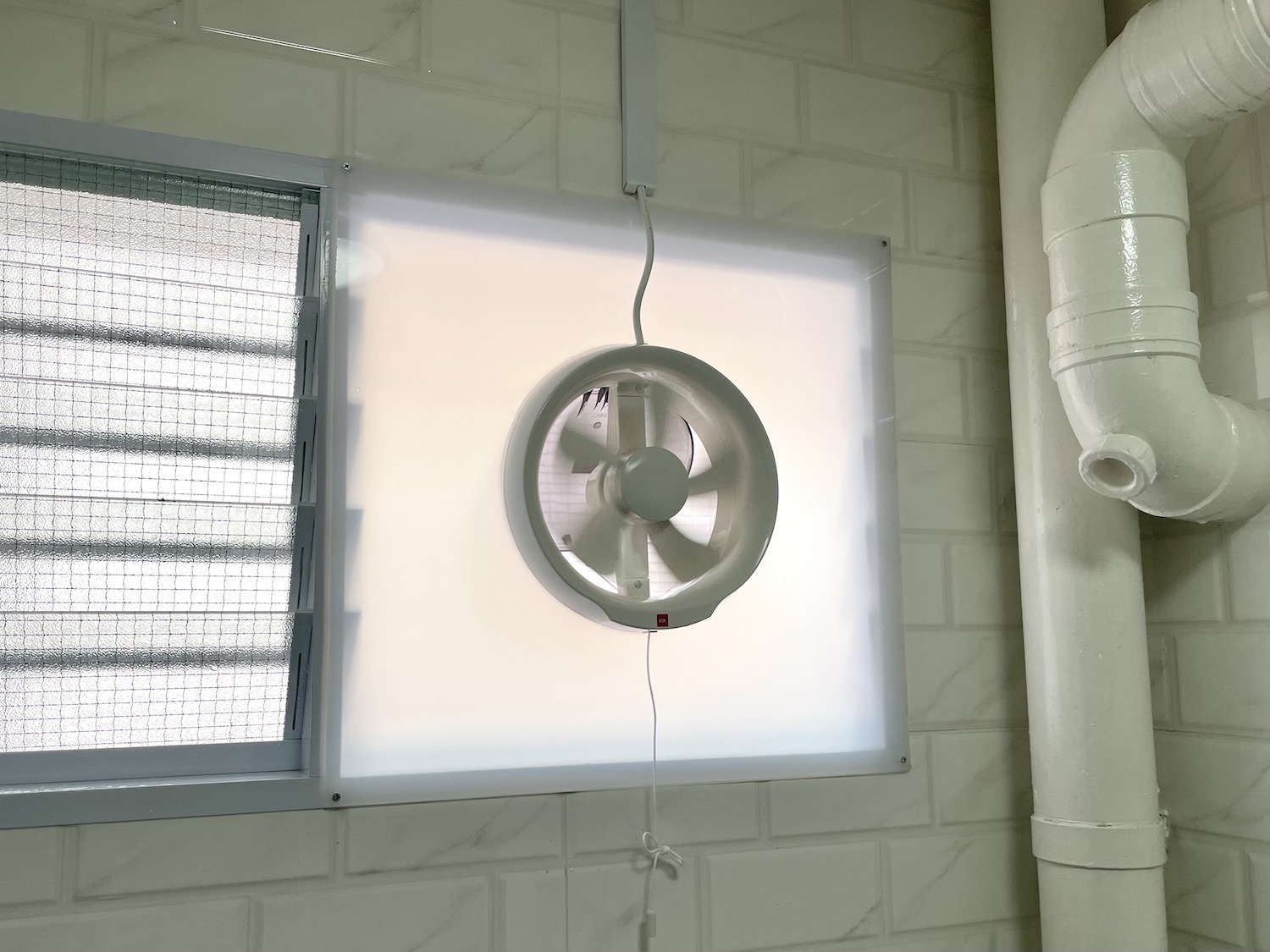
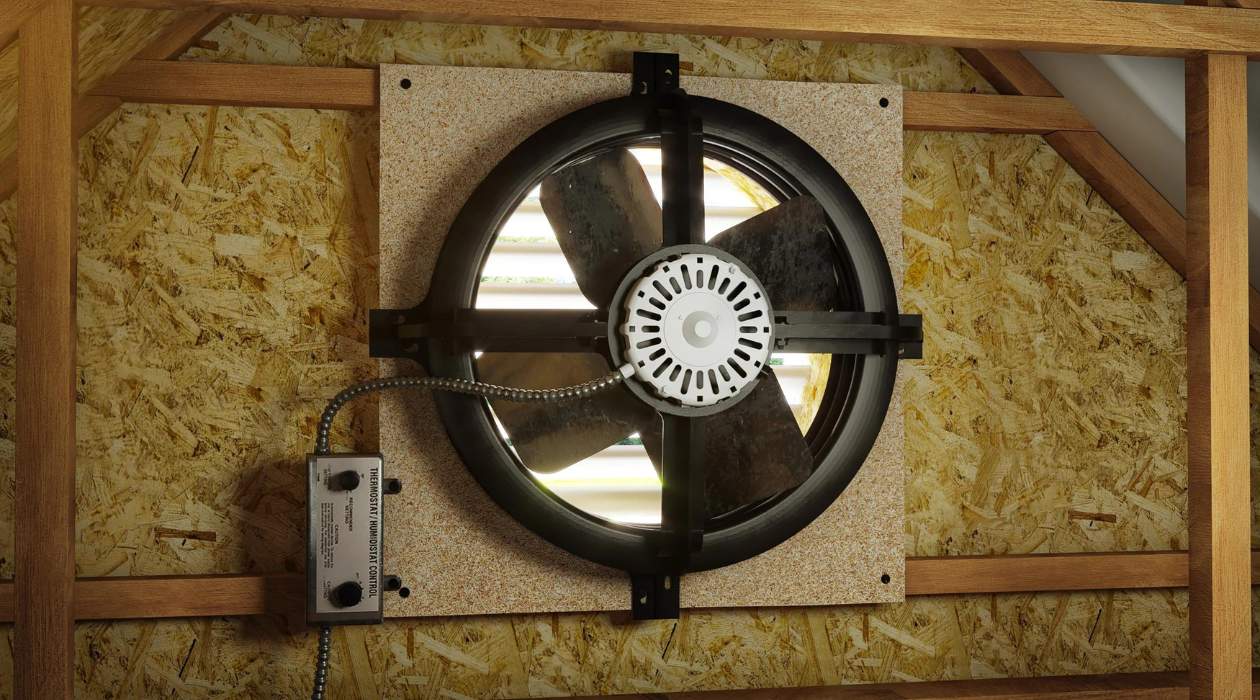
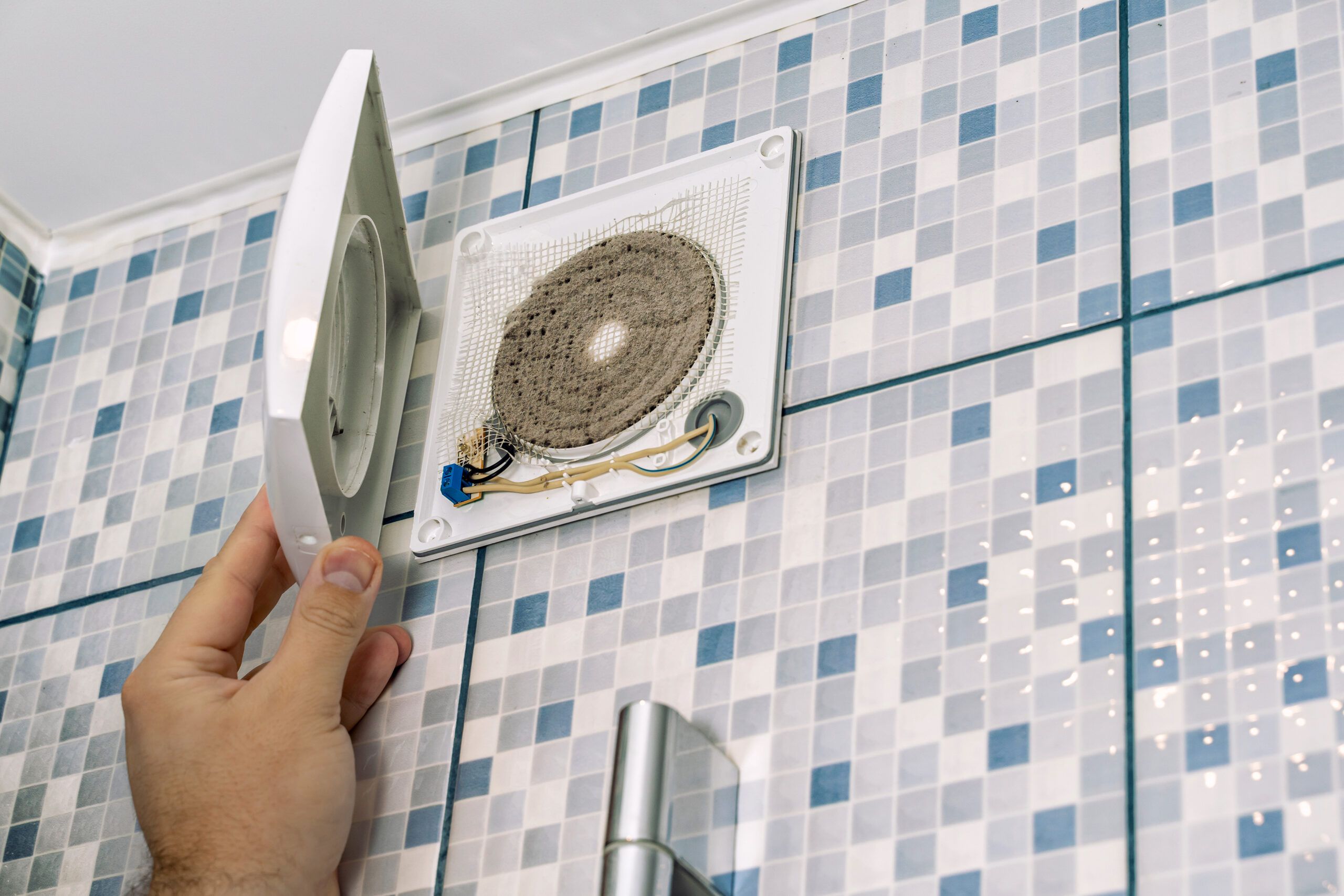
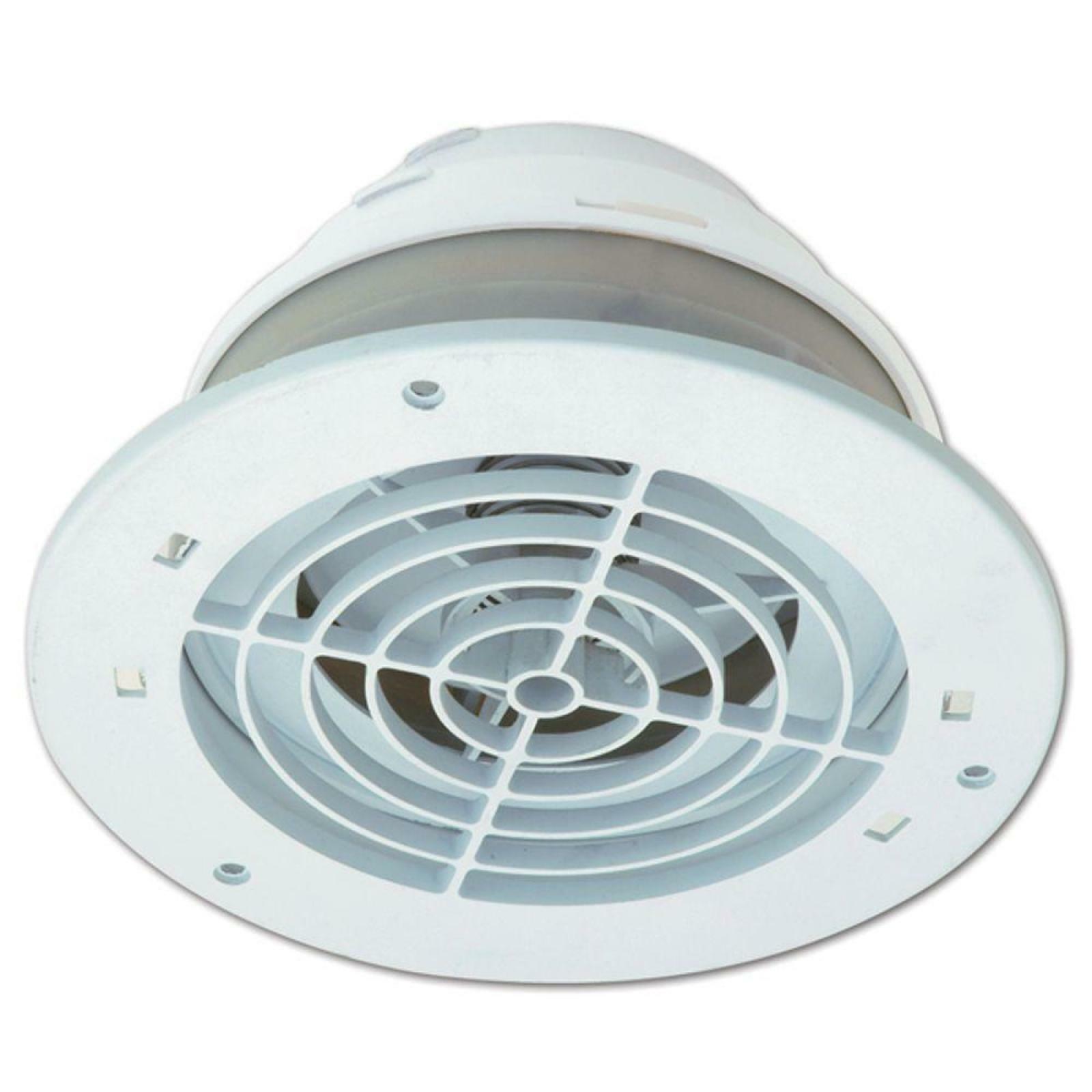
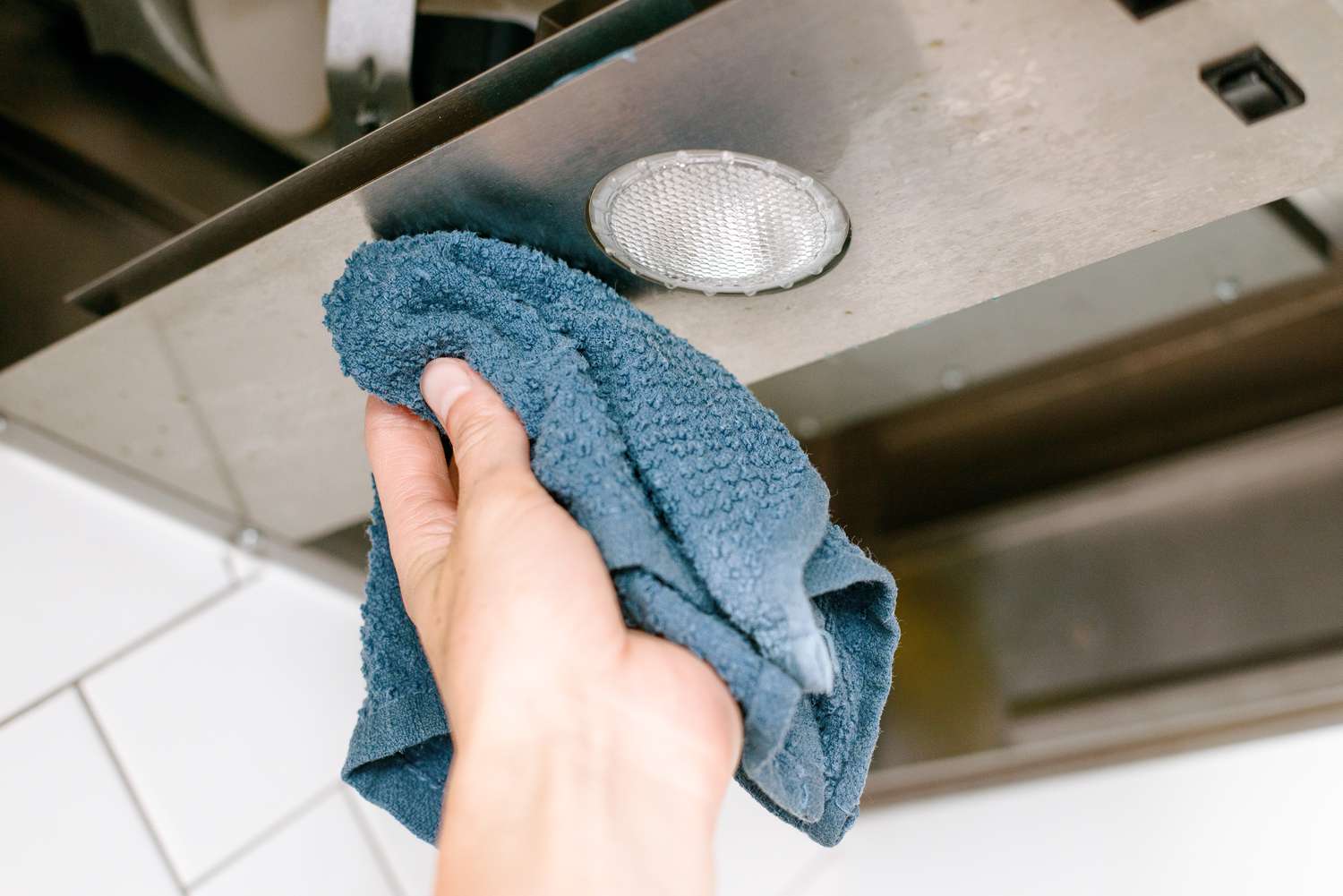
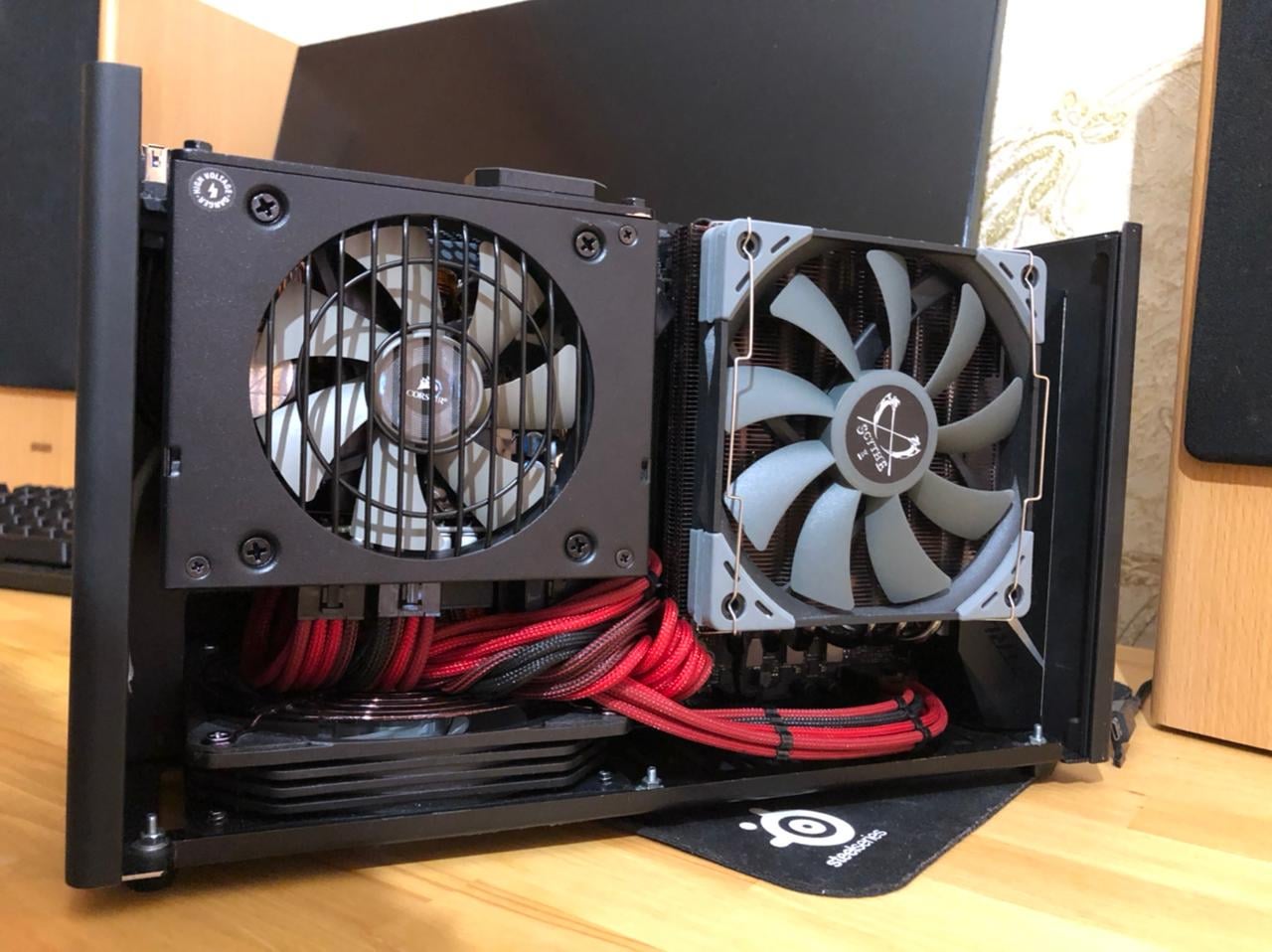
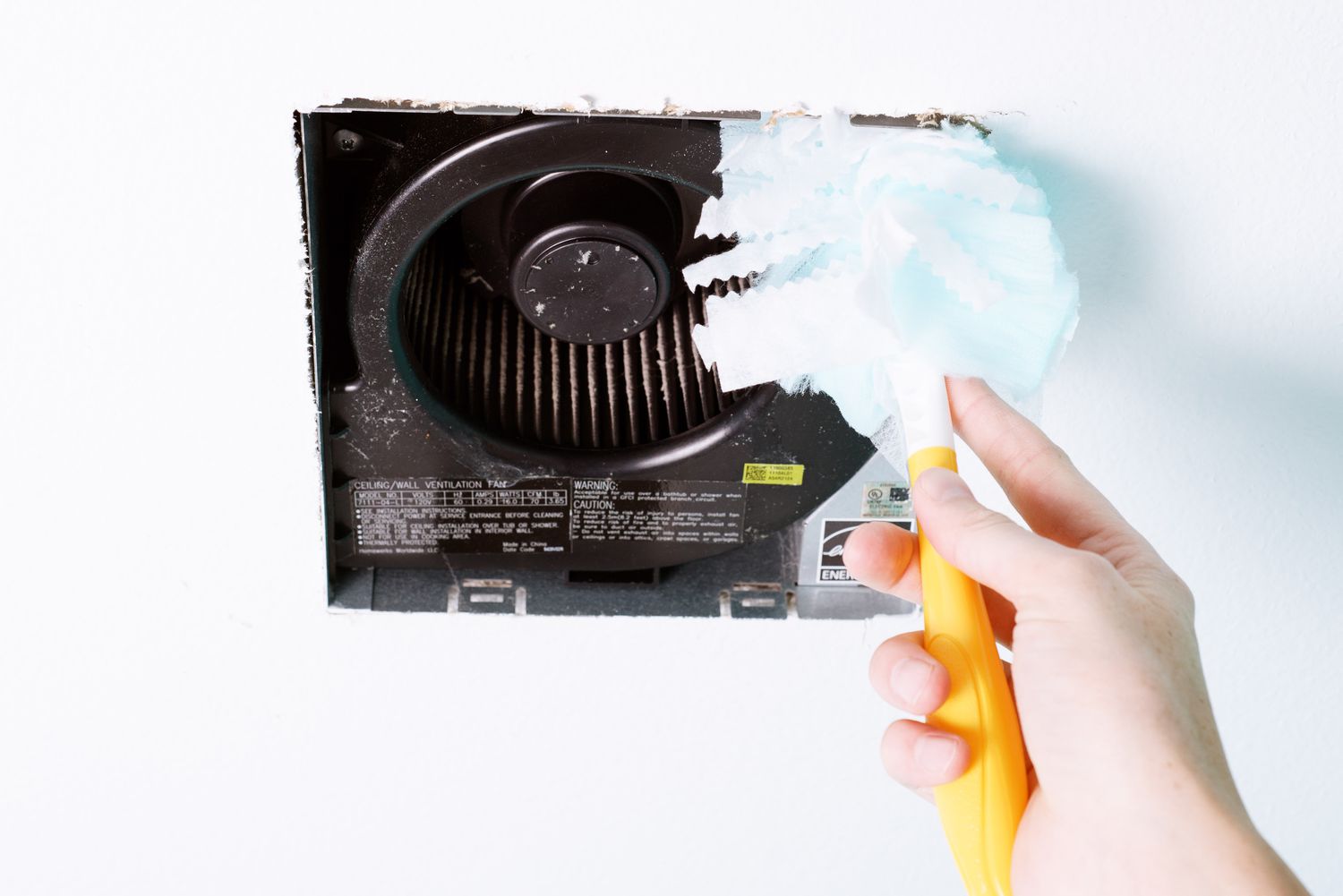
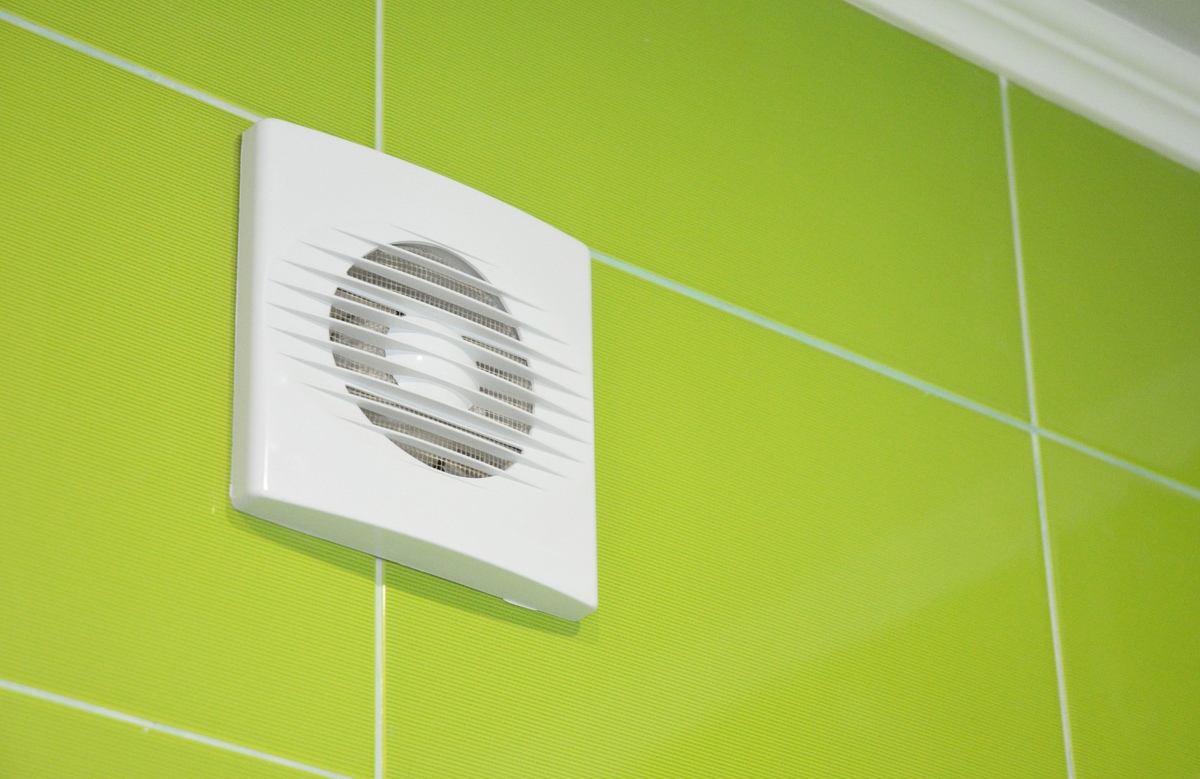
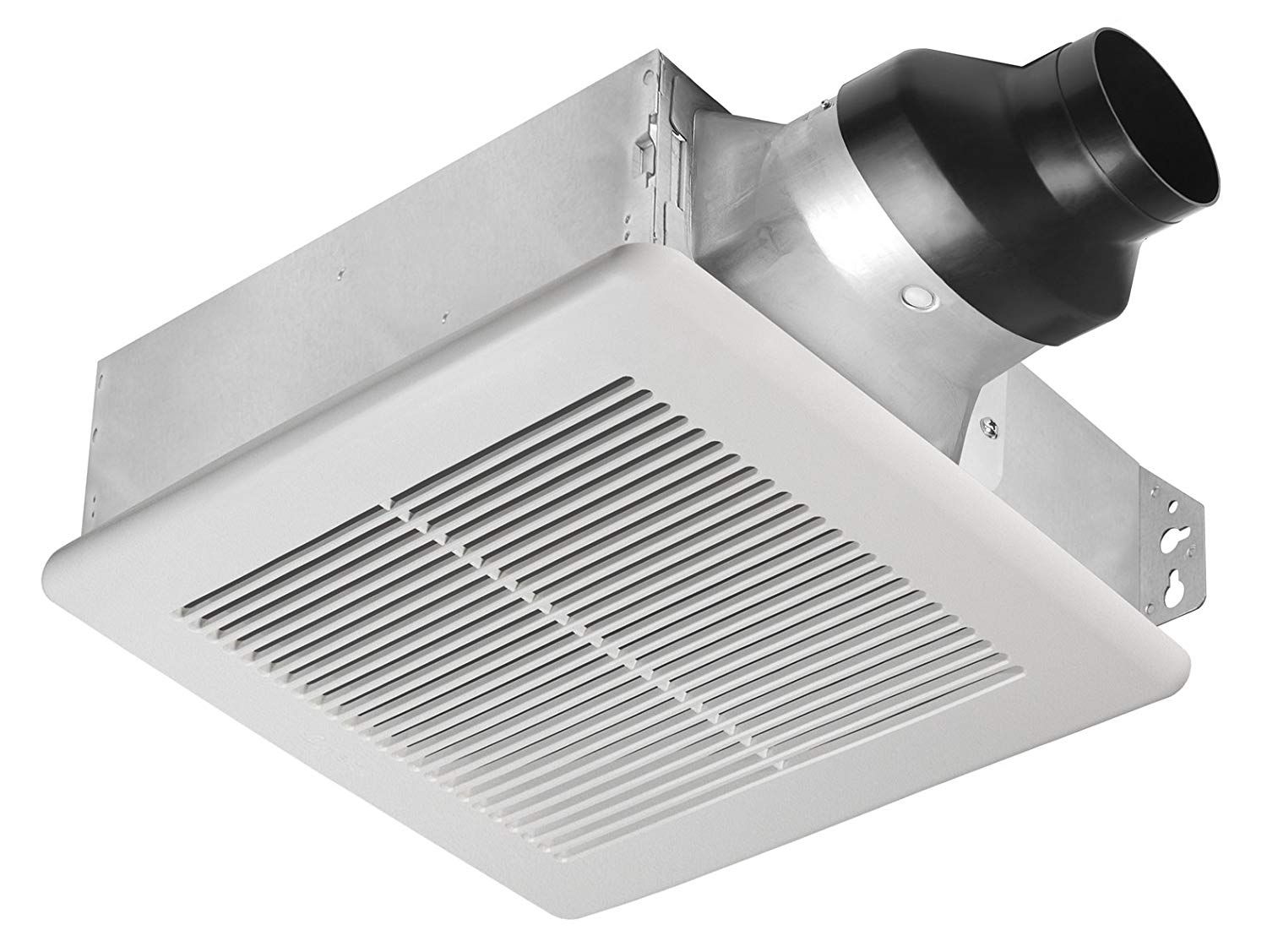
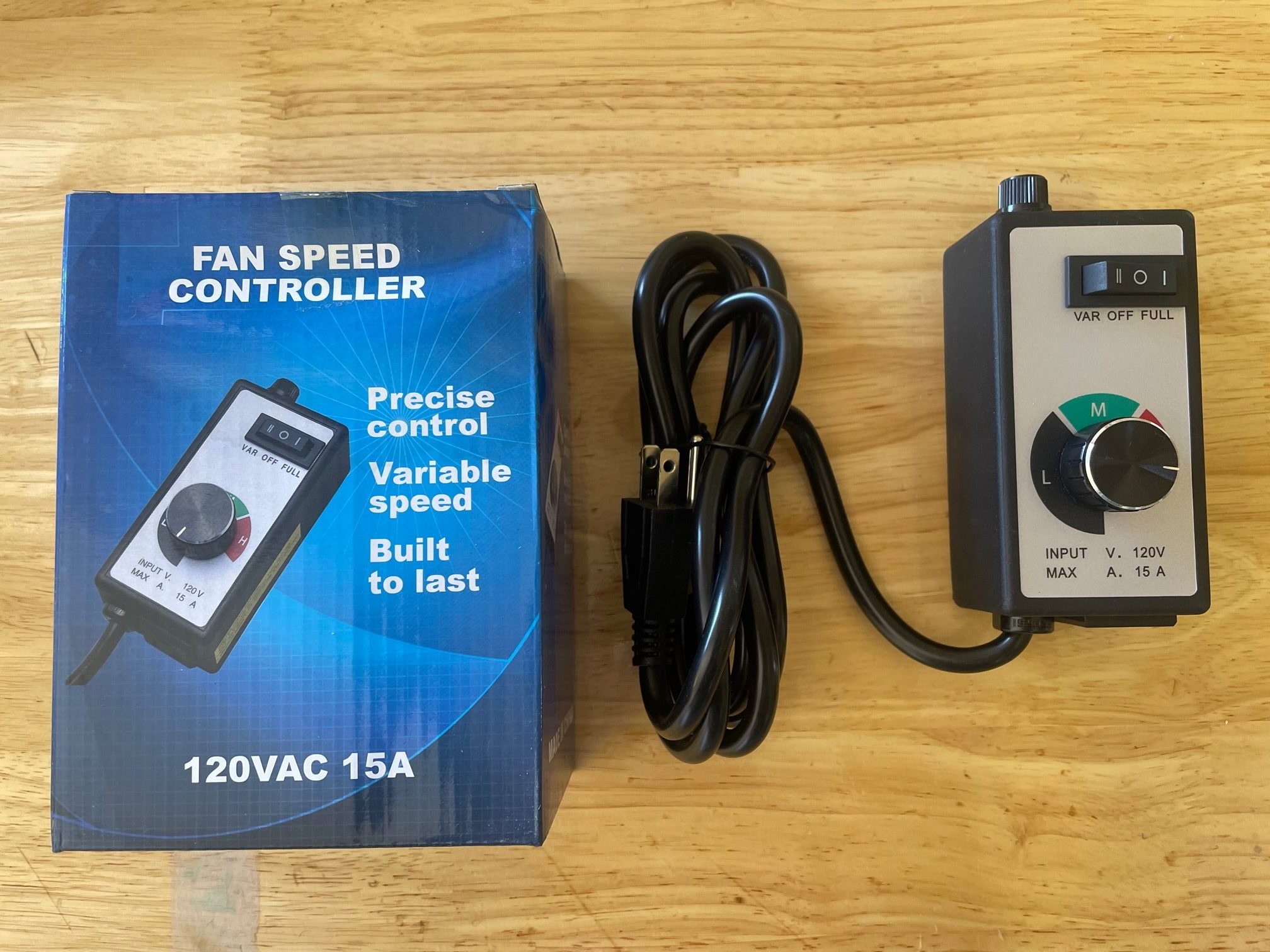
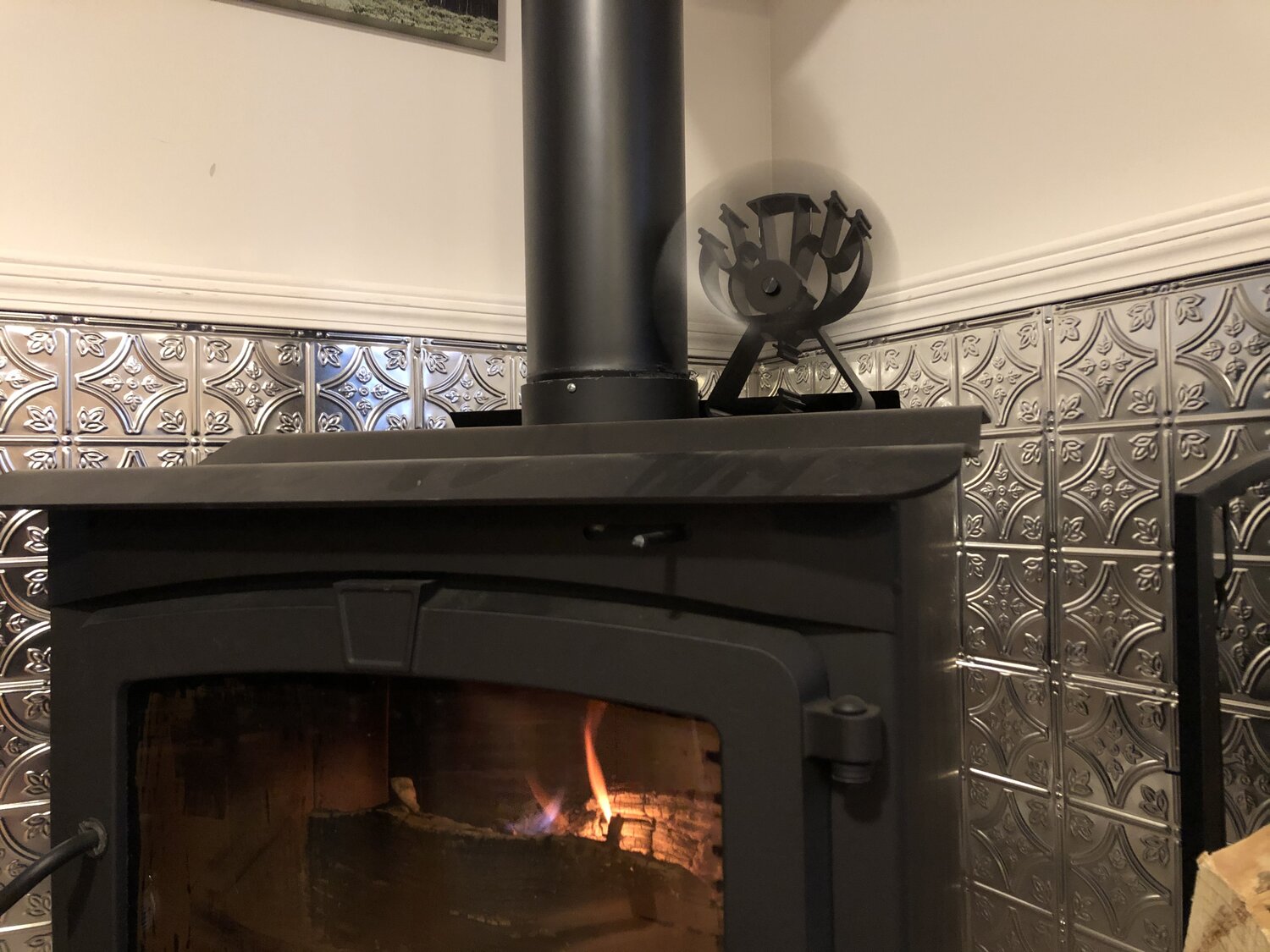

0 thoughts on “How Does An Exhaust Fan Work”